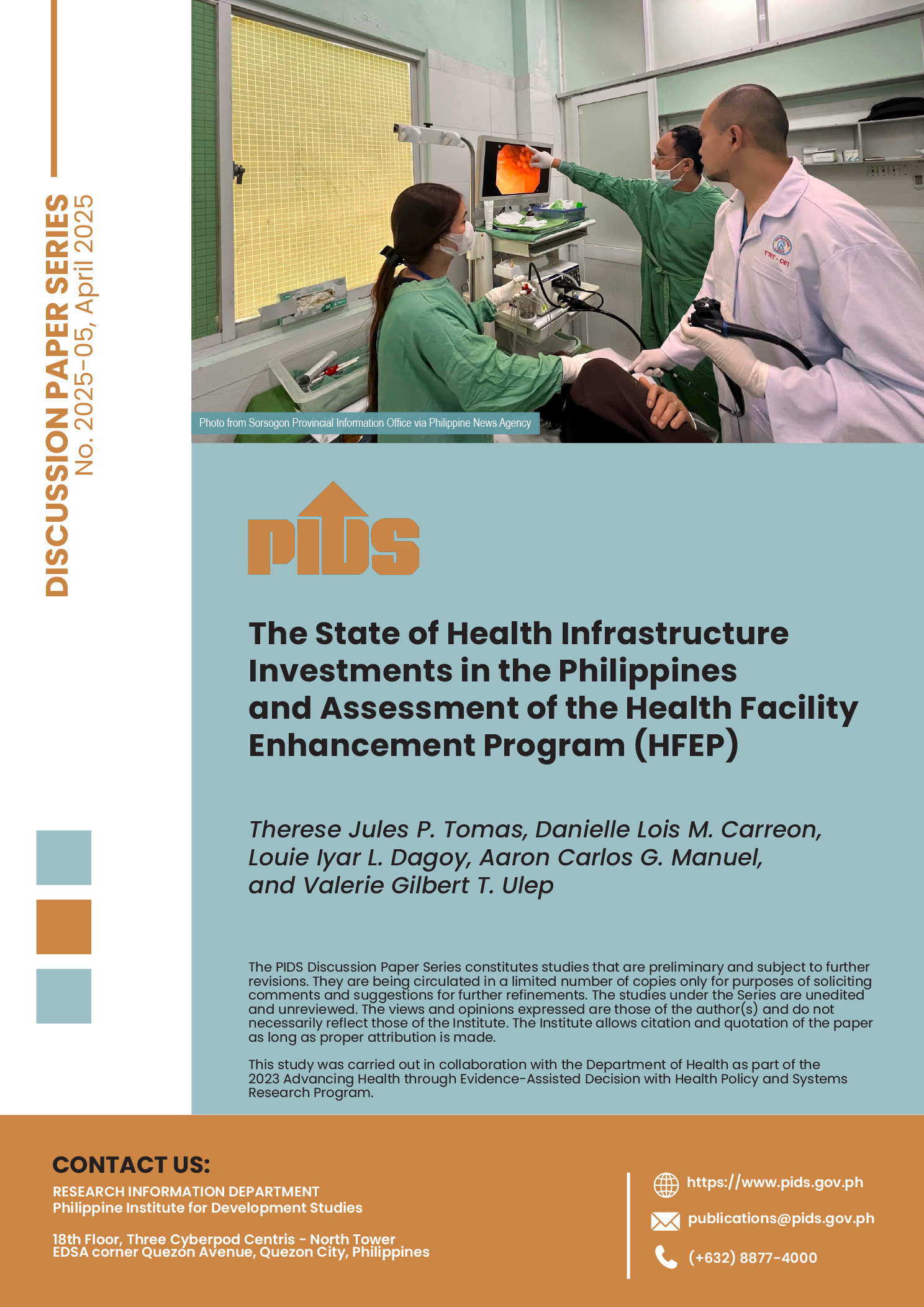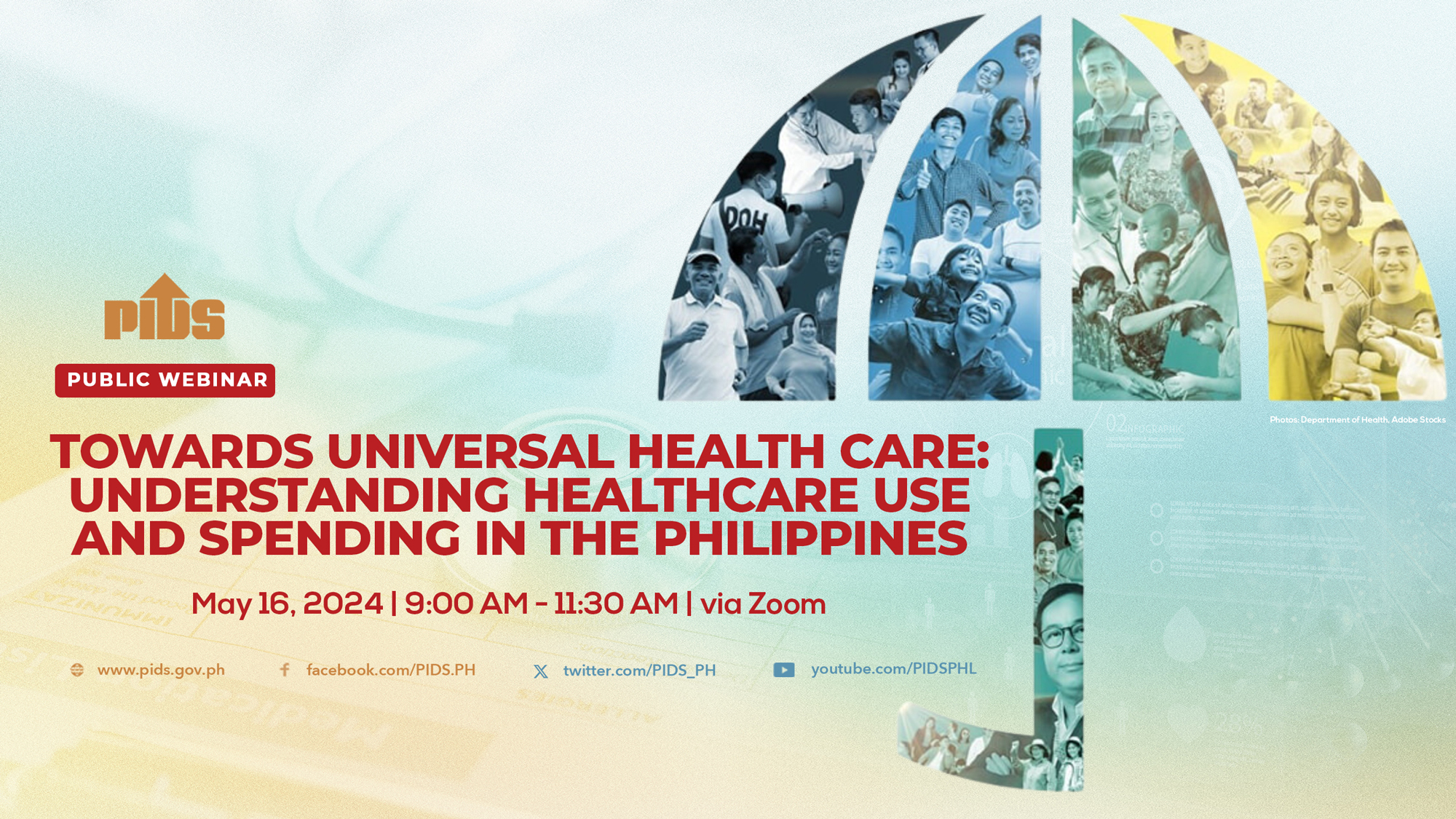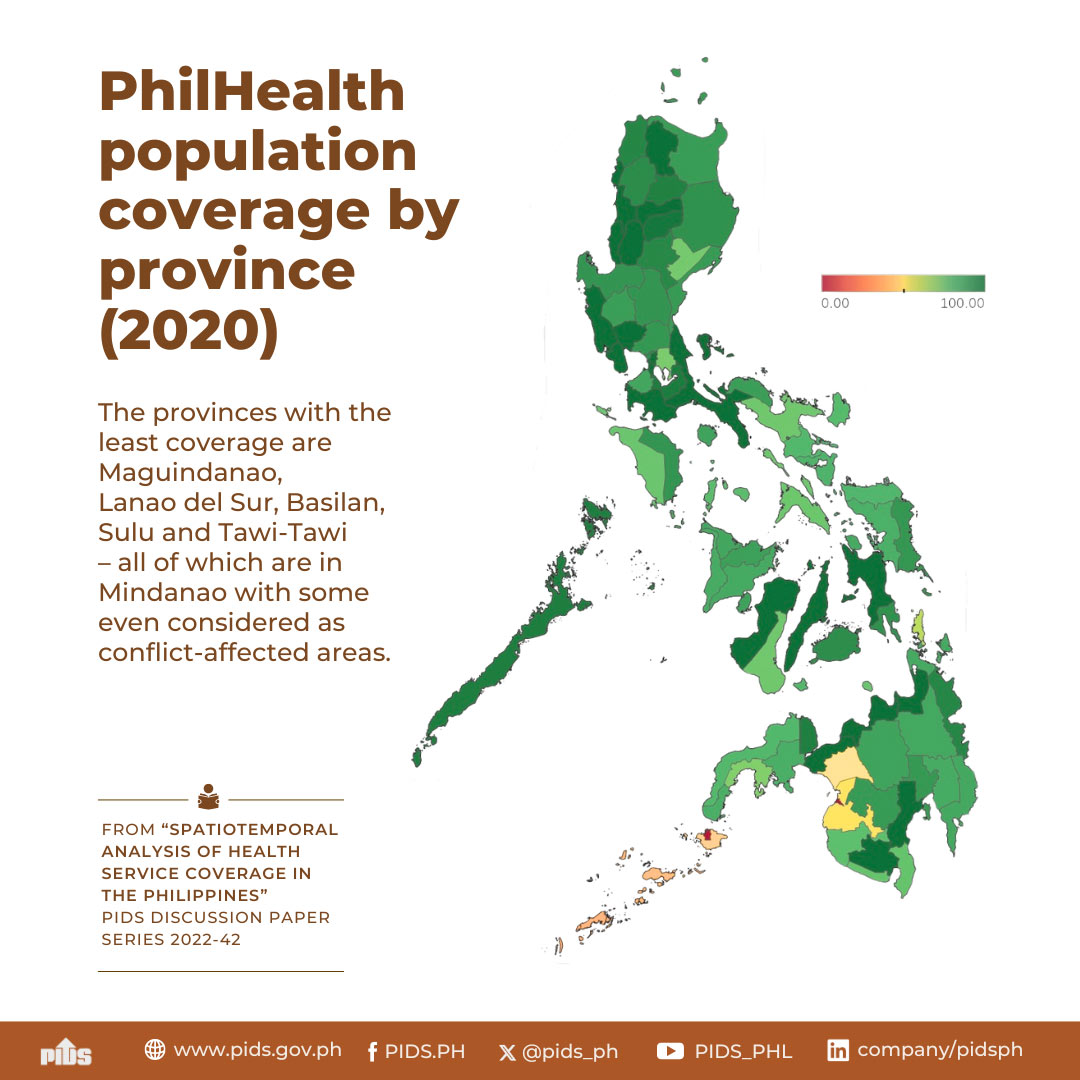The food we consume is fundamental to our health and well-being – a fact we all know and embrace as parents, caregivers and consumers. But as we plan our meals and shop for our food, how often do we really understand what’s in the products we buy? Are we receiving the information we need to make informed choices?
Currently, only back-of-pack nutrition facts are required on food in the Philippines, and front-of-pack labeling remains optional. However, research shows that FOP warning labels – especially those that clearly indicate risks – are far more effective at guiding consumers toward healthier options
World Food Day last month coincided with the Global Week for Action on Non-Communicable Diseases (NCDs). For the Healthy Philippines Alliance (HPA), this was the most ideal time to mobilize its campaign for clearer food labeling.
HPA’s goal is straightforward: to advocate for policies that protect Filipinos from poor dietary choices, thus reducing the nation’s NCD burden through clear and informative labels on food packaging.
NCD statistics highlight the need for action
The statistics are concerning. According to UNICEF, 74% of Filipino adolescents aged 13 to 15 consume fewer than three servings of vegetables daily, and 38% drink at least one soft drink each day. Seven in ten deaths in the Philippines are now linked to NCDs, and Filipinos face a higher risk of mortality from these diseases than neighboring Western Pacific countries, according to the World Health Organization. In our previous column, we touched on the topic of NCDs and how these particular set of conditions leave our senior citizens at risk of serious and life-threatening infections.
The Philippine Institute for Development Studies (PIDS) also highlights that Filipinos with NCDs bear significant out-of-pocket healthcare costs, draining resources from both families and public health.
A Social Weather Stations (SWS) survey early this year found that 62% of Filipinos see food warning labels as the clearest way to identify health risks, and 66% support a policy requiring these labels.
This backing from the public, and the many private organizations and government agencies that the HPA has convened, underscores the need for a mandatory policy warning consumers about high sugar, sodium, and unhealthy fat levels in ultra-processed foods.
HPA’s Lead Convenor, Dr. Jaime Galvez Tan, is urging our policymakers to act: “we support one of the best-buy solutions, which is food warning labels as a mandatory policy and strategy to help solve unhealthy eating habits, a leading cause of NCDs.”
Filipinos must be informed about their food choices
The impact of high NCD rates in the Philippines goes beyond healthcare. As Dr. Tan points out, “NCDs drain patients financially with long-term treatments and medication. These diseases can hinder Filipinos from being productive members of society—to earn a living or contribute to the workforce.”
Clearly, addressing NCDs is vital not only for individuals but aslo for the nation’s economic well-being. While front of pack warning labels help us make better decisions about our health, its compounding effect in mitigating NCDs means better allocation of resources for our government and the public health sector as we lower the chances of conditions that are caused or aggravated by poor diet.
Dr. Tan and HPA have formalized their campaign by signing a memorandum of understanding with private groups and government agencies, further solidifying their goal of reducing NCDs through better food labeling.
Although back-of-pack labels provide information such as ingredients, allergens, and nutrition facts, they are largely ineffective for the average Filipino consumer. HPA explains that front-of-pack warning labels are especially critical in the Philippines, where limited health literacy and low interest in nutrition facts hinder the effectiveness of back-of-pack information.
How to be sustainably nutritious
Consumers benefit greatly from clearer labeling, but accessibility and affordability are equally important. Many of our fellow Filipinos and moms like us will agree that nutritious choices must also be economical and widely available to be sustainable.
During a recent discussion on one of our radio shows at DWPM Radyo 630, HPA Co-convenor Ralph Degolacion and Diabetes Philippines, Inc. nutritionist Jennina Duatin recommended practical and affordable options. “Vegetables like kangkong and kamote are harvested year-round and are often cheaper than seasonal produce,” Duatin shared.
When it comes to protein, she advised that fish is the healthiest option, and pointed to corn and boiled saba bananas as ideal carbohydrate sources, as opposed to processed noodles. Above all, she emphasized that water remains the best choice for hydration.
HPA’s call is clear. As Degolacion emphasized, “we are urging policymakers to institutionalize front-of-pack warning labels to improve public health.” With some of the highest NCD rates in the region, the Philippines must take action.
As Dr. Tan aptly put it, “to achieve a vision where every Filipino is free from the burden of NCDs, we call on our leaders to prioritize this issue. Make NCDs a national priority. Address unhealthy diets, and empower Filipinos to understand the risks hidden in their food choices. It’s time to turn words into action.”
To our dear lawmakers, the choice is clear: clear and non-misleading front-of-pack labels is the way forward. Dapat may babala, para pagpili ay tama!












